A Journey to Big Sur (Part 3)
Today we reach the threshold of Big Sur, but not before we have a brush with the Dark Watchers and endure the spookiness of Palo Colorado Road. Plus we throw in an iconic structure or two.
 Note: This is a four part series.
Note: This is a four part series.
You can access part one here.
You can access part two here.
Okay, we’ve finished up lunch at the Rocky Point Restaurant (which we ordered last week), but before we continue southward to our ultimate destination, we promised you a tale of the Dark Watchers, and we never go back on our word.
Big Sur has a well-deserved reputation for being a magical place, and there are many reasons for that—its remoteness, the shroud of fog in which it is often draped, the hidden trails that wind through the recesses of the Santa Lucia mountains, to name a few. While those kinds of traits add to the beauty and mysticism of the area, they also lend the region an aura of the supernatural.
Which brings us to the Dark Watchers. As elusive as Bigfoot and the Yeti, these apparitions have inhabited the Santa Lucia Mountains at least as long as the indigenous peoples of the area. In fact, some say they are represented in the earliest cave paintings of the Chumash tribe. Early Spanish explorers called them “Los Vigilantes Oscuros.” Local author John Steinbeck alludes to them in his short story, “Flight.”
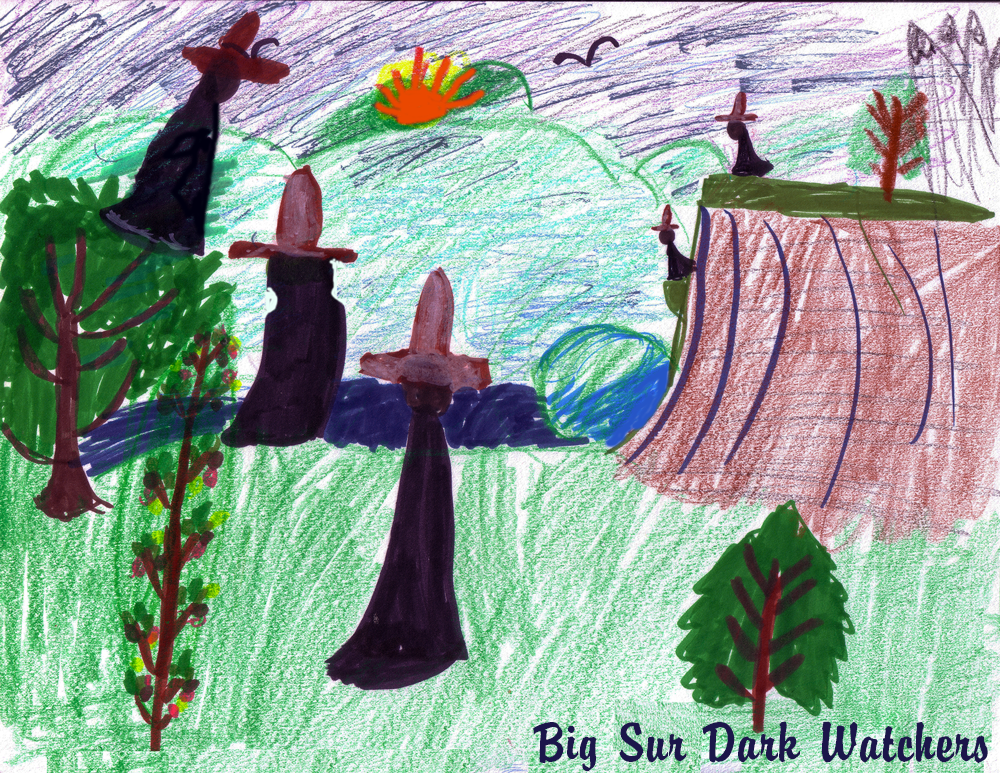 Most often seen during dusk by isolated hikers and campers, the Dark Watchers are human in form, though imposing in their height, which is estimated at least seven feet. They wear long dark capes and wide-brimmed hats, using walking sticks to assist them as they wander amidst the mountains. Their habit of gazing longingly into the mountains is well-documented, but what they may be looking for—indeed, their very purpose—remains a mystery. If you are interested in exploring this local legend in more detail, In Search of the Dark Watchers, a fantastic coffee table book with art by California landscape painter Benjamin Brode and text by Thomas Steinbeck (John’s son), is a good place to start.
Most often seen during dusk by isolated hikers and campers, the Dark Watchers are human in form, though imposing in their height, which is estimated at least seven feet. They wear long dark capes and wide-brimmed hats, using walking sticks to assist them as they wander amidst the mountains. Their habit of gazing longingly into the mountains is well-documented, but what they may be looking for—indeed, their very purpose—remains a mystery. If you are interested in exploring this local legend in more detail, In Search of the Dark Watchers, a fantastic coffee table book with art by California landscape painter Benjamin Brode and text by Thomas Steinbeck (John’s son), is a good place to start.
Continuing southward, we’re going to take a quick detour inland onto Palo Colorado Road, which intersects the highway at an area known as Notley’s Landing (which was a populated village from 1898 to 1907). Since it’s mid-day we’re likely not going to run into any Dark Watchers, but Palo Colorado emits a spookiness of its own, at least when you first drive in and see a sign advising that you “Turn on Lights” even at noontime. This is the deep woods. Who knows what we might find?
As it turns out this is one of the more remote enclaves you’ll find along Highway 1, an area full of rustic cabins nestled beneath a redwood forest.
You won’t find too many modern amenities here, but that’s not what motivates people to live here. It’s the quiet and the isolation. If someone dropped you here by parachute you’d never guess you were a fraction of a mile away from a major throughway.
Palo Colorado, the road, continues miles past Palo Colorado, the community, and ends in Bottchers Gap Campground with any number of hiking trails that provide stunning views of the Santa Lucia Mountains and the Ventana Wilderness (and also home to Camp Pico Blanco, a Boy Scout camp). Unfortunately, we don’t have time to check out the full length of the road today, so we’re going to carefully make a u-turn and head southward again. Our reward will be getting a close look at one of the most iconic landmarks on the Big Sur Coast.
There are five bridges spanning Highway 1, constructed during the Great Depression. The one most associated with the Big Sur Coast, and which has come to stand a symbol of the magnificence of its coastline, is the Bixby Creek Bridge.
Completed in 1932, Bixby Creek Bridge has become ubiquitous in popular culture. In addition to functioning, for all intents and purposes as a regional trademark, local news shows, car commercials, television series, and movies use it often when they need to up their aesthetic game. It even has adorned a postage stamp. Truly, the only way to absorb the full extent of the bridge’s awesomeness is to park, get out of your car, and take it in on foot. Be careful, though. On weekends and holidays the area is swimming in traffic. Vying for a parking spot becomes akin to a competitive sport.
We have just one more point of interest before we reach Big Sur, the Point Sur Lighthouse. We won’t be able to get any closer to it than the road because it’s winter right now. Tours are scarce and the gate is closed, but this Victorian Era lighthouse is still picturesque when viewed from a distance, mainly because it stands atop a volcanic rock 361 feet in height. If we have a recommendation about this place it’s to try to take a moonlight tour in either April or September when your odds of being blanketed by fog are at a minimum.
Well, that’s all we have time for today. Can you believe it—we’ve filled three blog posts with images and words about the Big Sur Coast and haven’t even gotten to Big Sur proper? That’s okay; it gives you something to look forward to beside Easter.
To continue to Part 4, click here.


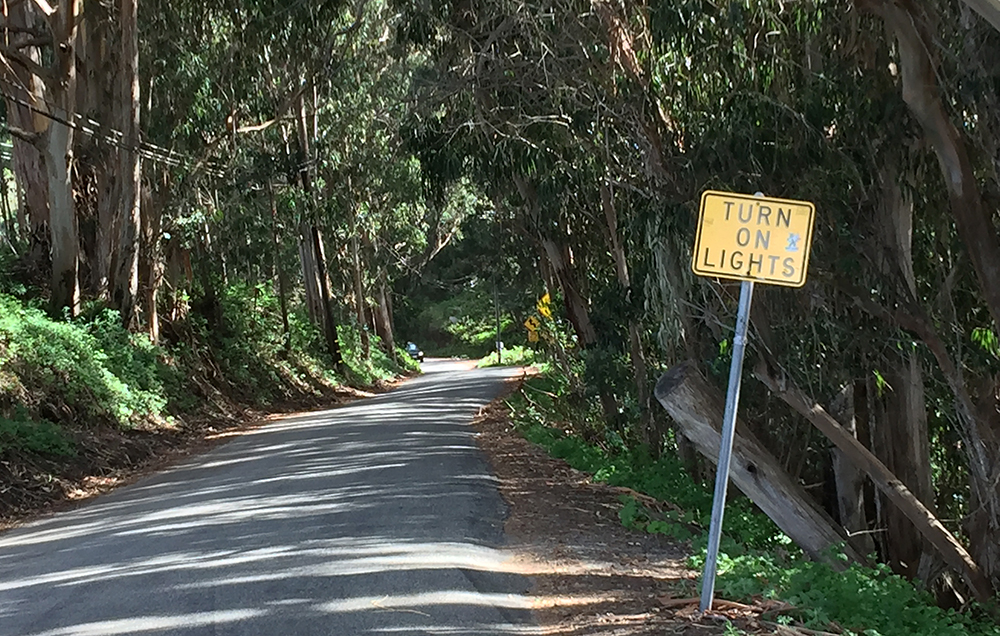
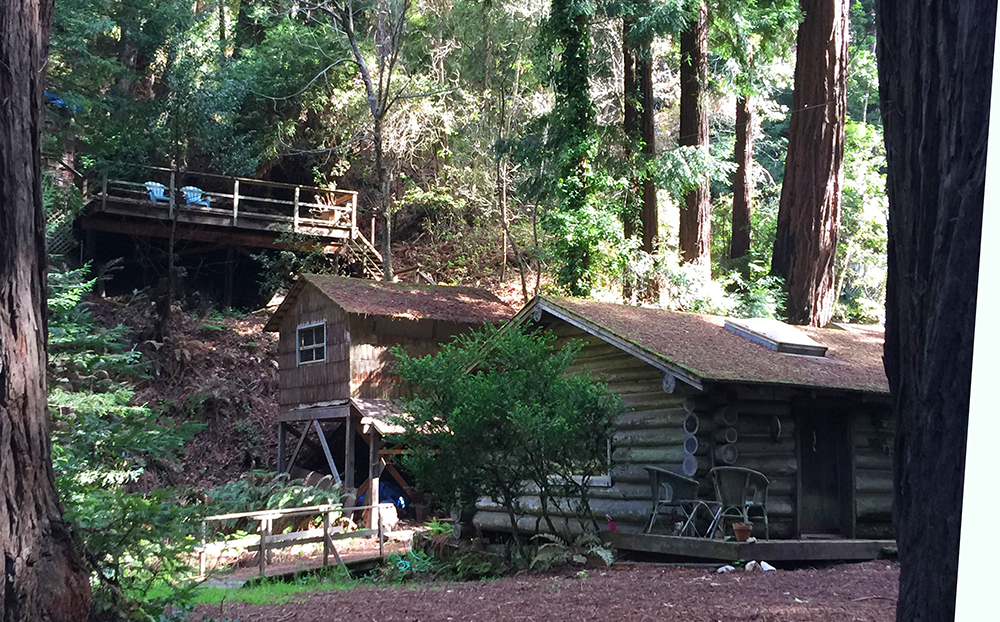
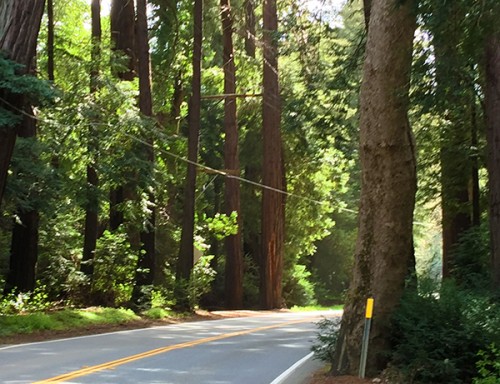
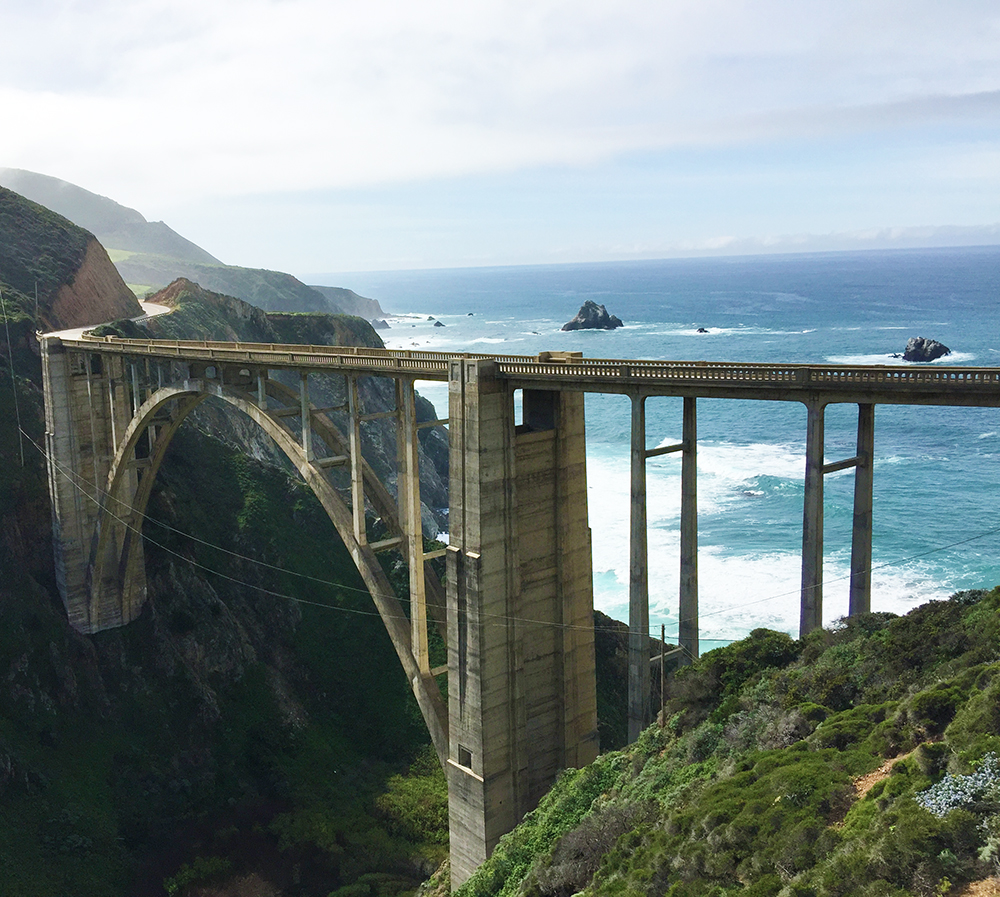
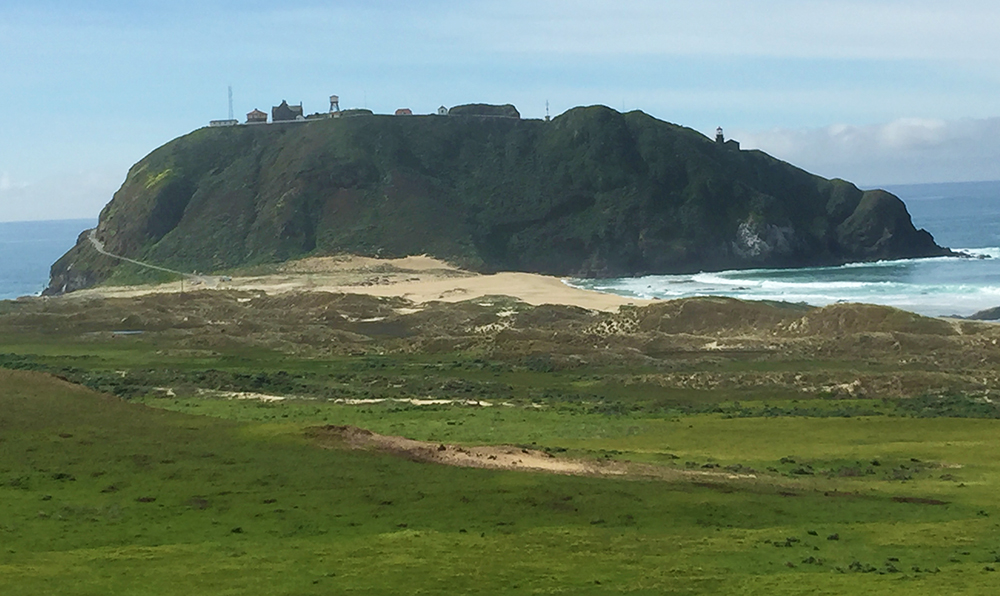

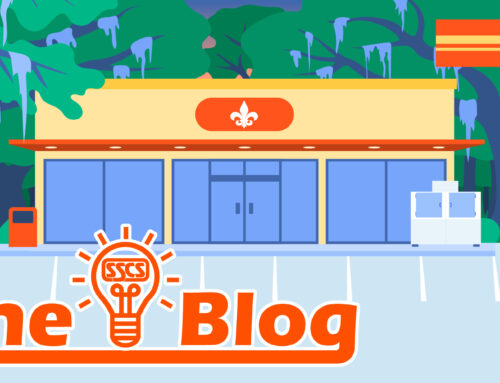



Leave A Comment